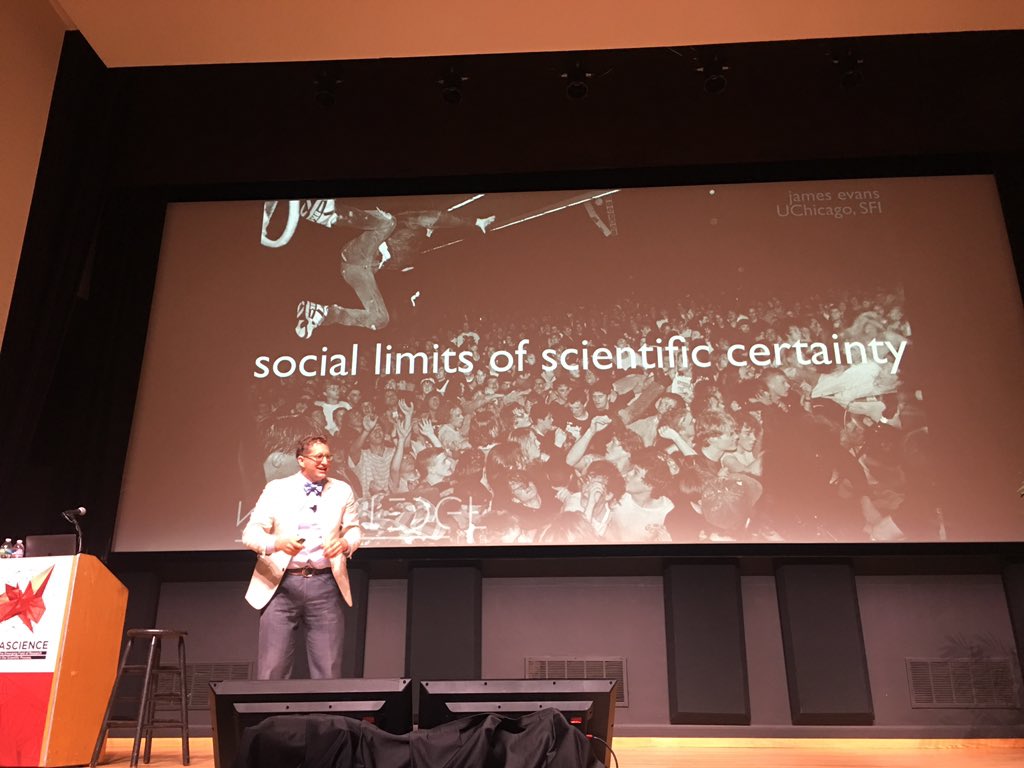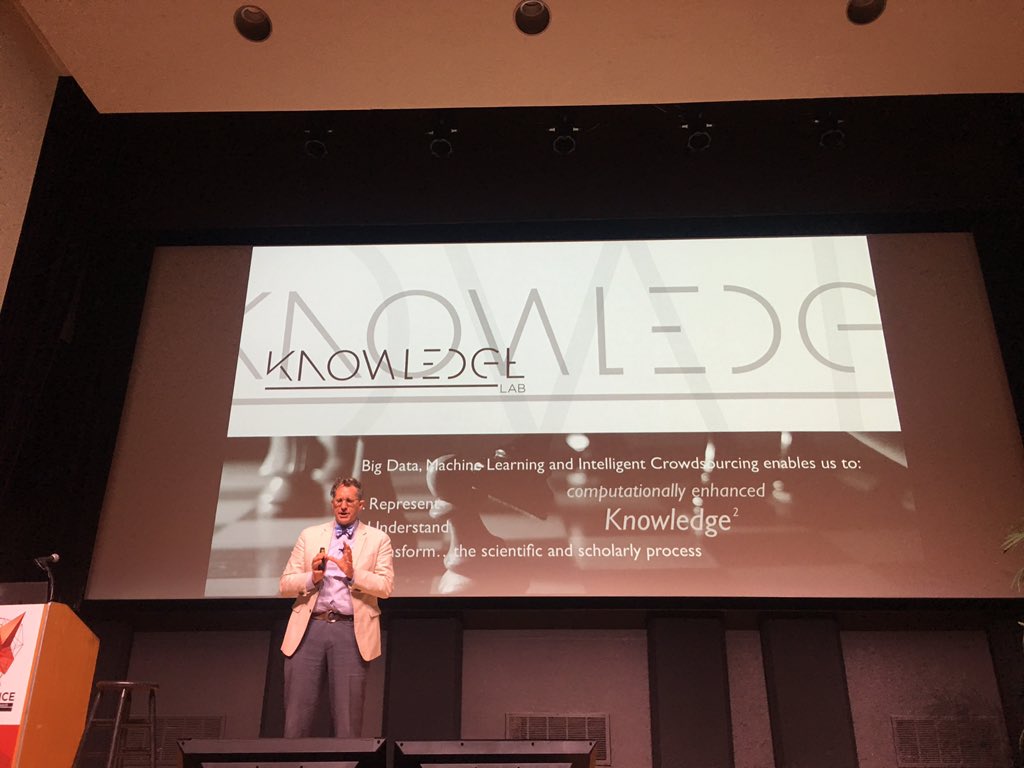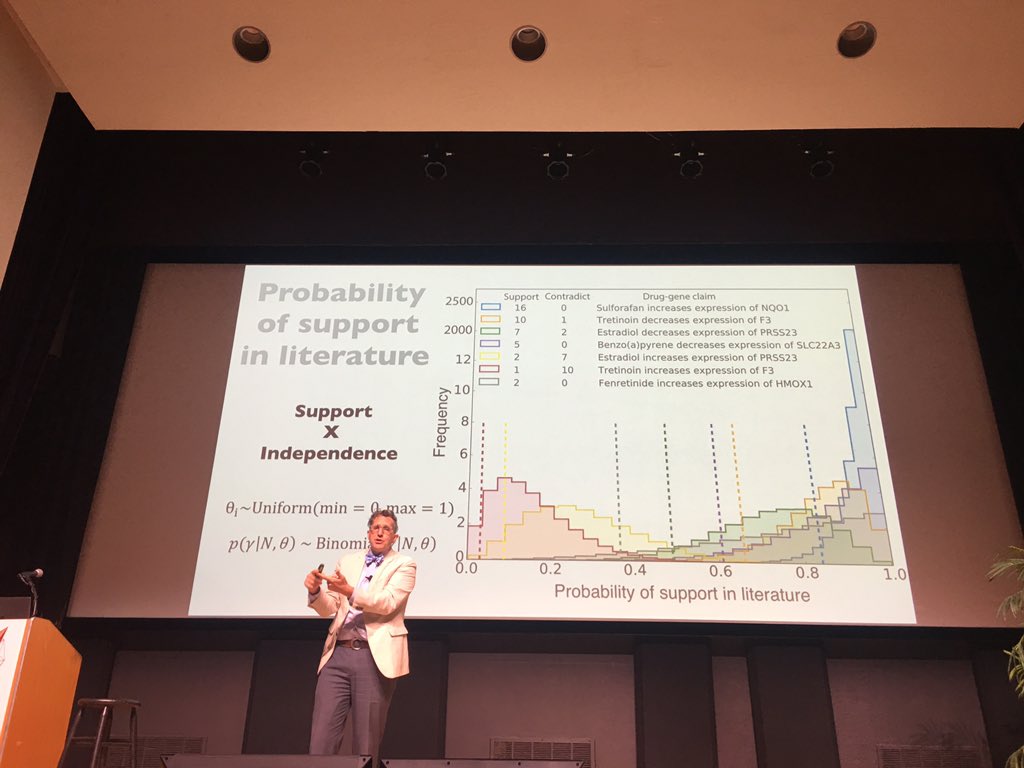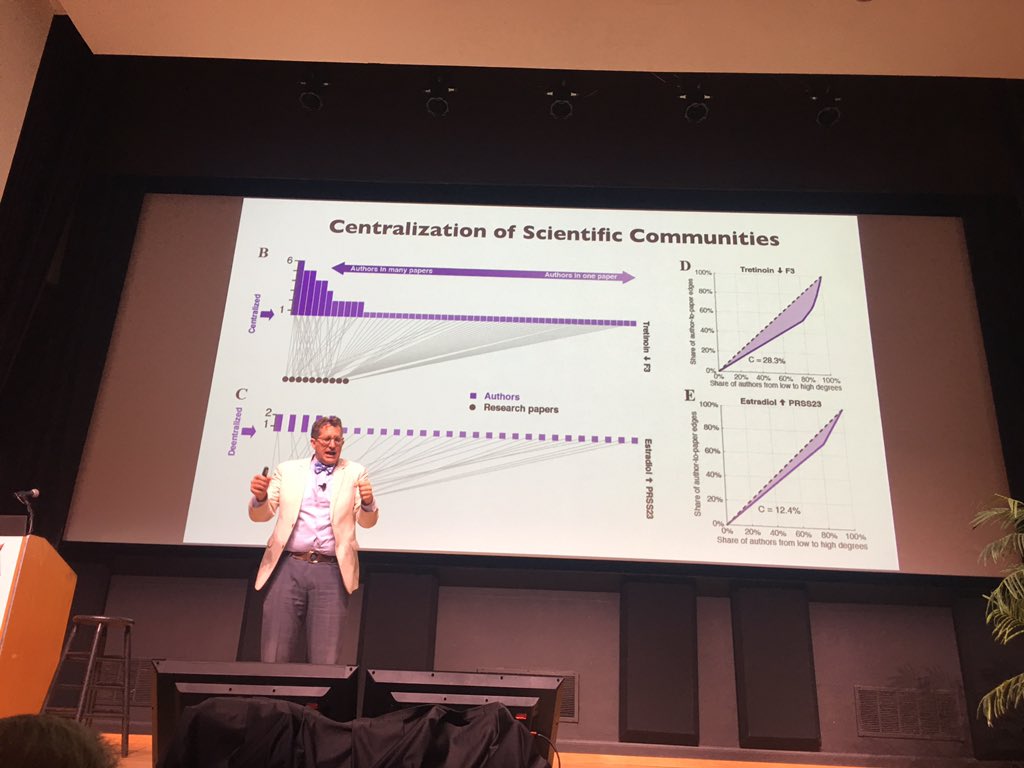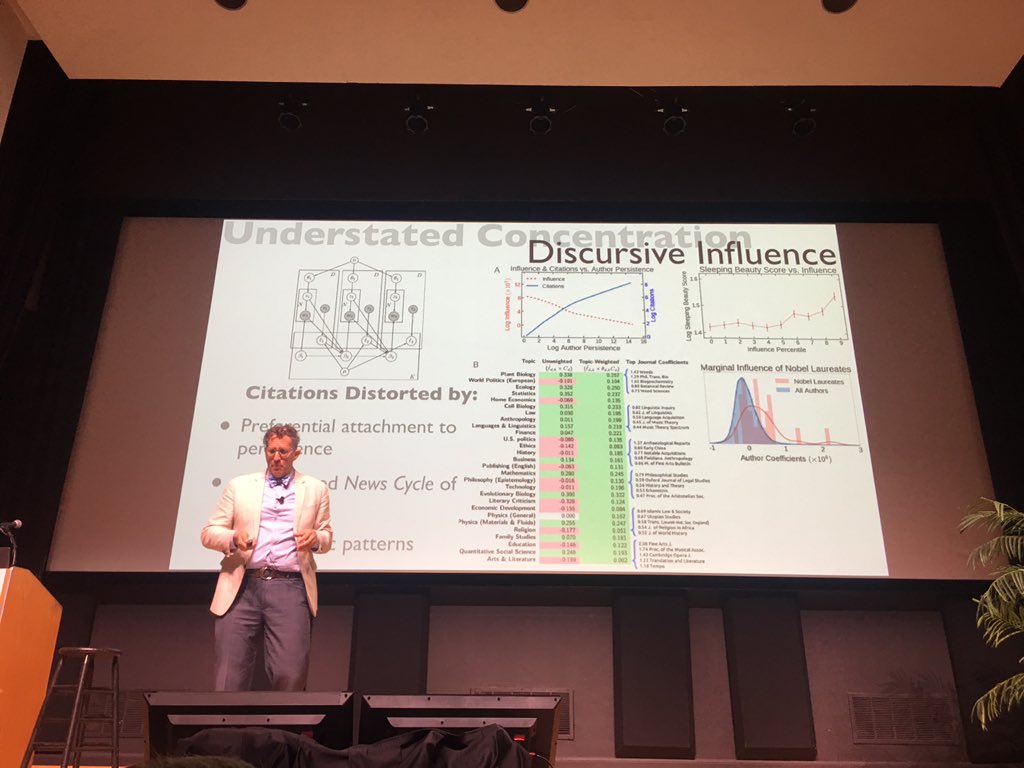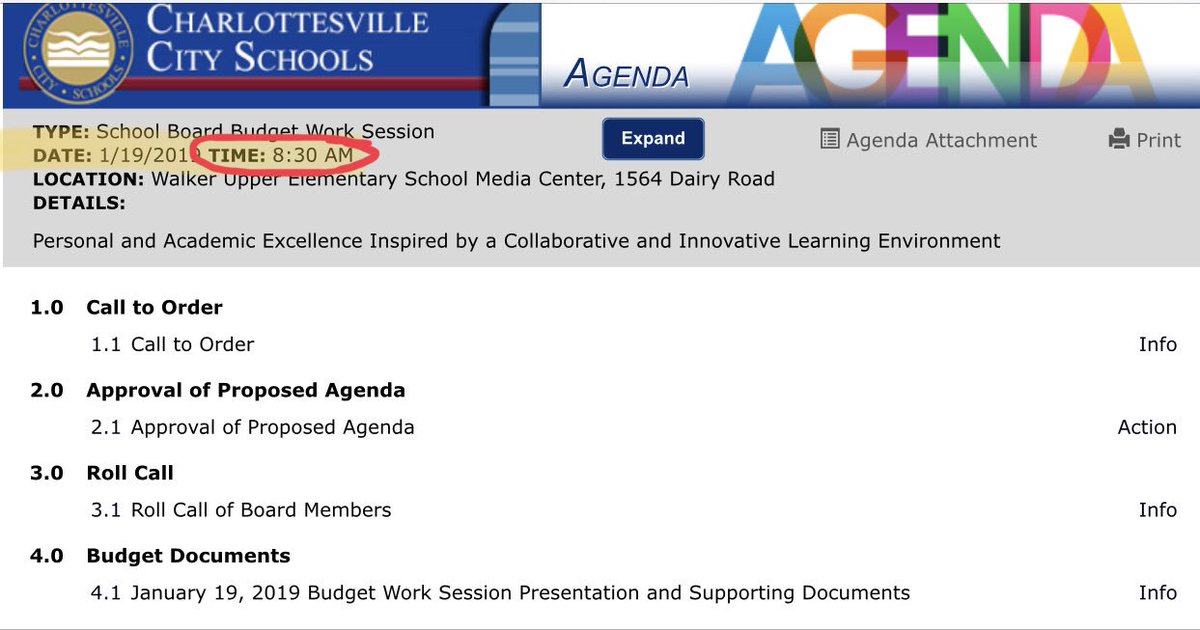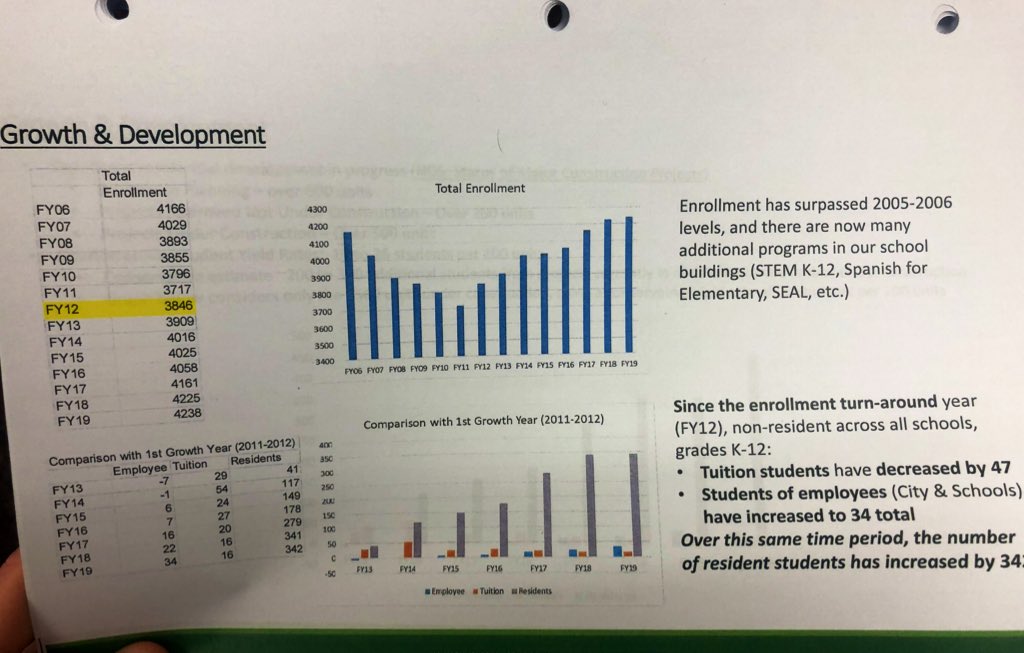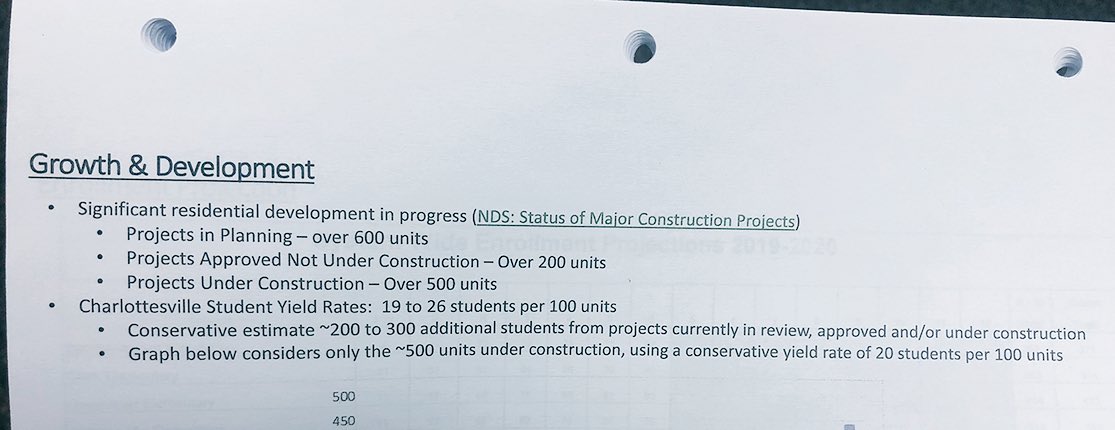#dr2020
This means we want to put something in the world to learn from, using the knowledge we already have.
Being open to learning something you didn't expect to.
Putting something out into the world and saying "we don't know what we'll learn from putting this prototype into the world"
We have to be open to that, what else is going on around them.
They pivoted the session and eventually the design project to focus on the power dynamic, not the touchpoint
Be open to seeing how they actually use it and how they actually speak about it!
The first version: when Alexandra receives a response she shuts down the participants and steamrolls Karina into a positive answer.
The second version—she reflects the question back on Karina—how do you think it would work?
Hi-fidelity is detailed granular nuanced feedback.
A: If you can out a product out into market with no investment and no risk that's a fantastic way to prototype! Unfortunately that's rarely the case.
Don't ask whether you can do something, do it!
A: Karina—talk business language 'this is a risk mitigation strategy'
A: Alexandra—its hard and it doesn't always work, just make the best of it. A strategy is to talk about time and effort. "we can do it today, or we can do it 6 months down the track for 300k"

































